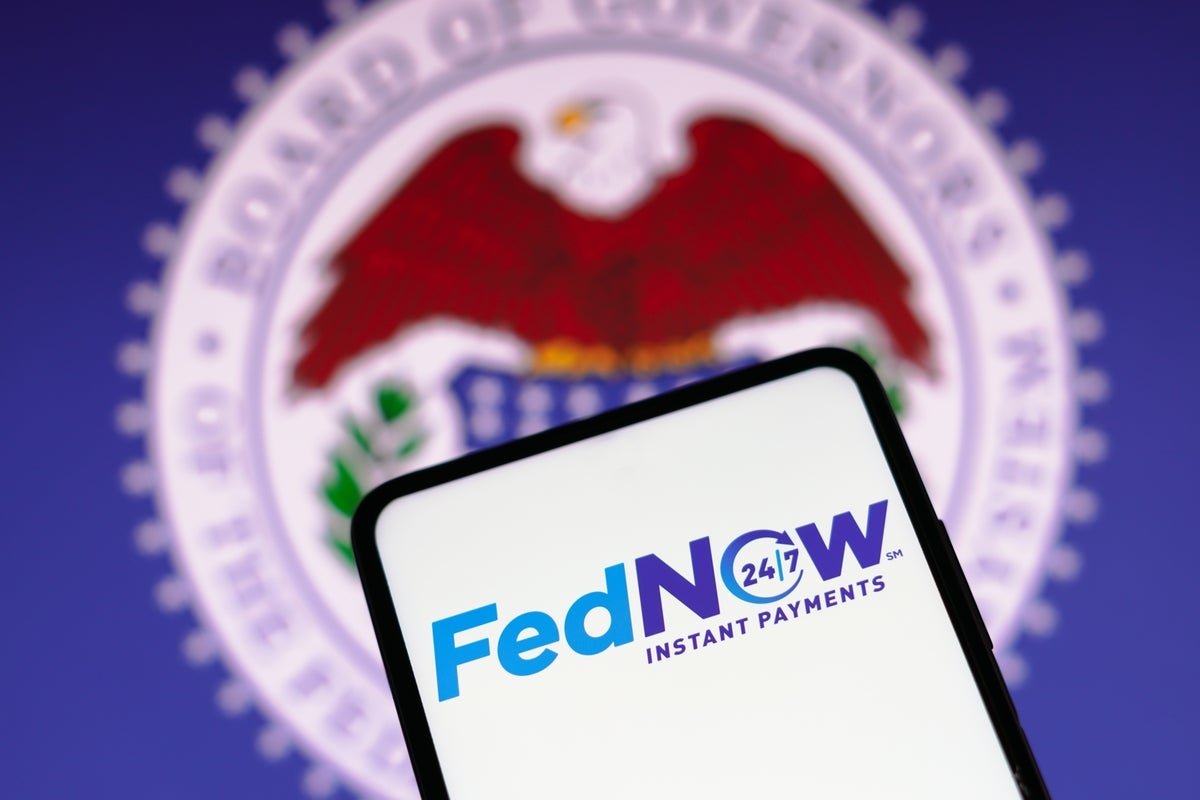After a pilot program that lasted six months, the US Federal Reserve System plans to launch its FedNow real-time payment system in July. But many banks and businesses could be caught flatfooted when it launches.
The central bank’s payment and settlement rail is designed to increase liquidity, especially for small businesses and supply chain participants who can get paid instantly for goods and services. It also creates a new way for employees, especially gig and hourly-rate employees, to get paid more quickly and frequently — perhaps every day.
The new system will allow banks, businesses, and consumers to send and receive payments in about 10 seconds anytime, any day. As with other payment systems, there are fees associated with the service, and banks will have to decide who foots the bill — merchants, consumers, neither, or both.
“Banks aren’t 24/7 in their operations today,” said Debbie Buckland, a director analyst in financial services for Gartner Research. “So, they’ll have to have procedures set up to accomodate that liquidity management that happens in the middle of the night. Becasue if you give your customers the ability to do their banking in the middle of the night, they’re going to do it.”
Initally, FedNow will only let banks receive payments; the ability to send payments — and for consumers to be able to identify themselves by phone number and email only, as Venmo now allows — is expected to come later.
“The send part takes a little more work,” Buckland said. “You have to have a vehicle for customers — both consumers and businesses — to initiate a real-time payment. That means adding that functionality to their digital and mobile channels. You need to be able to upgrade your product or turn on that service.”
For consumers, the process is far easier. Those who want an instantaneous way to make payments, whether it’s for a retail product or a mortgage installment, will need to download an app once their financial services provider offers it.
There are two primary differences between FedNow and traditional payment systems such as automated clearinghouse services (ACH) and wire transfers, such as Western Union or the Fed’s own Fedwire service. ACH transactions settle just once at the end of a business day, and they settle in batches — not individually. Wire transfers are faster, but charge higher user fees. Wires are also not used for multiple or traditional batch transactions, and they’re still not real time; they can take several minutes or several days for remittances or cross-border payments.
For consumers not familiar with the ACH payment system, it’s the funds transfer system used when employees sign up for direct deposit, make eChecks payments or authorize automatic payments to be deducted from their banking accounts.
FedNow is not a replacement for existing ACH and wire networks, but an additional payment option when real-time payments and settlements are needed.
Existing…
2023-07-04 05:00:06
Article from www.computerworld.com rnrn




















